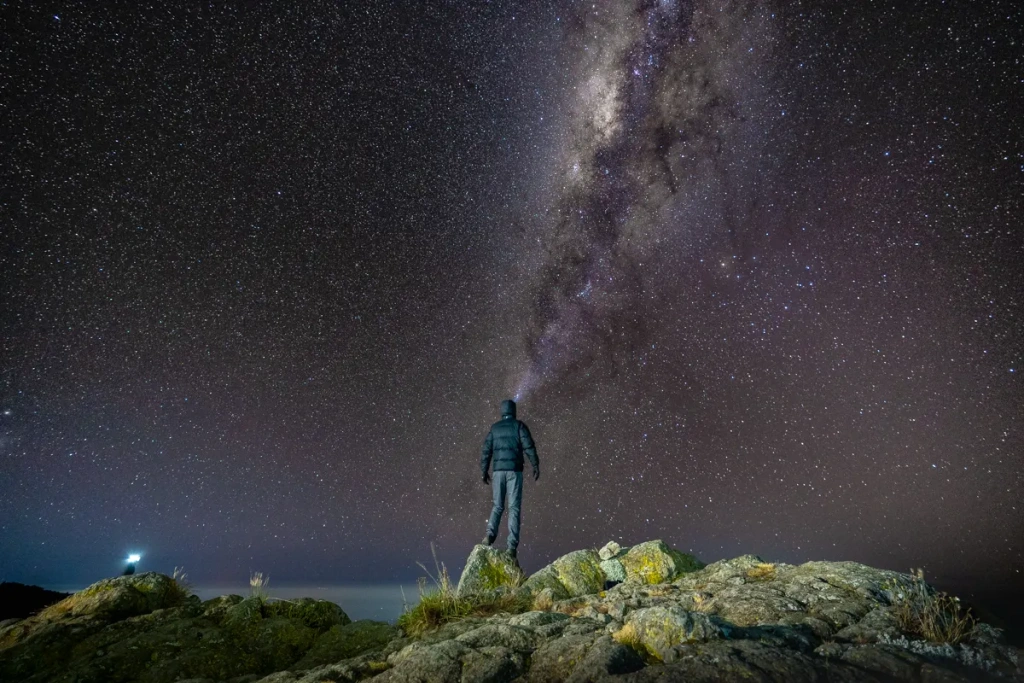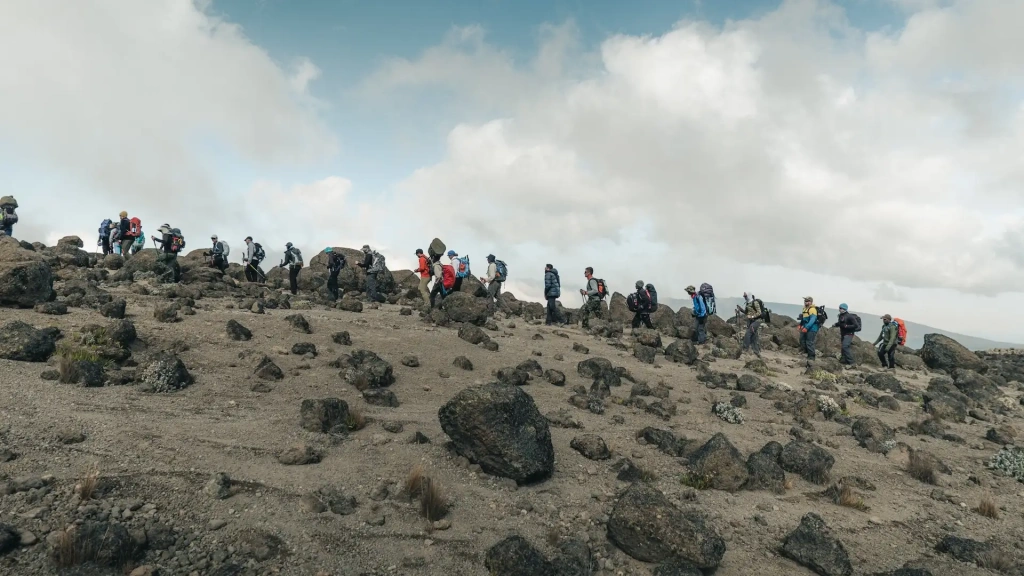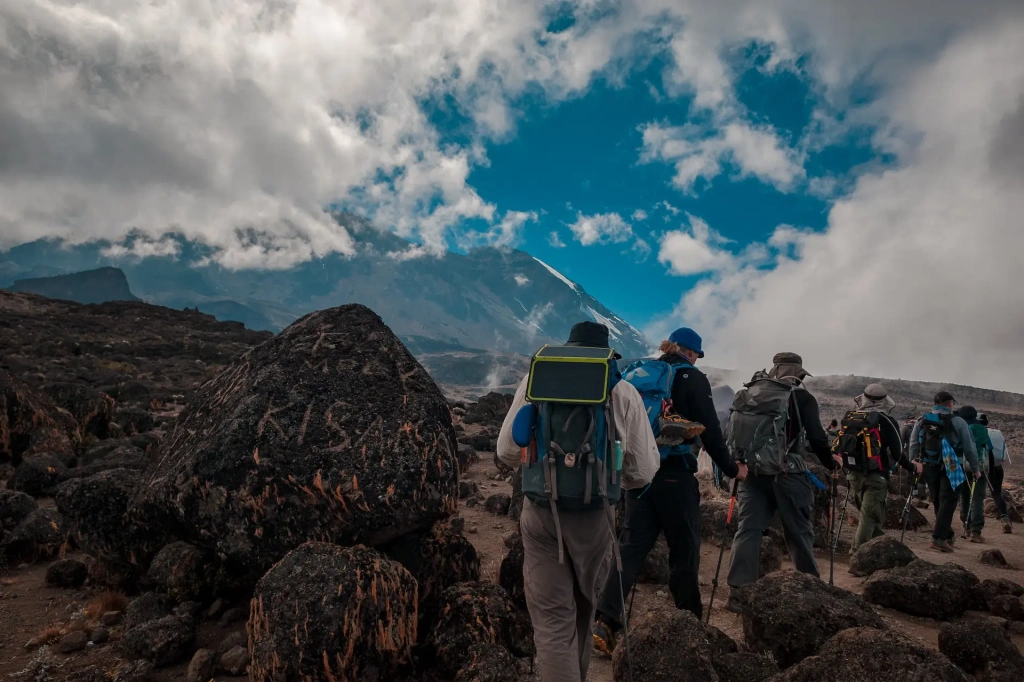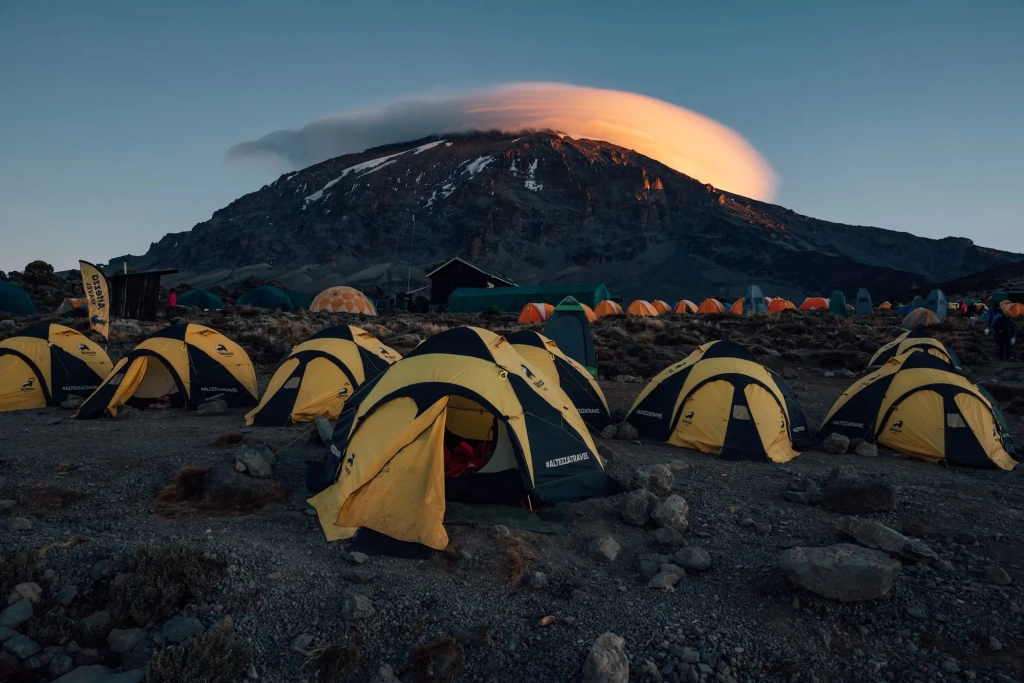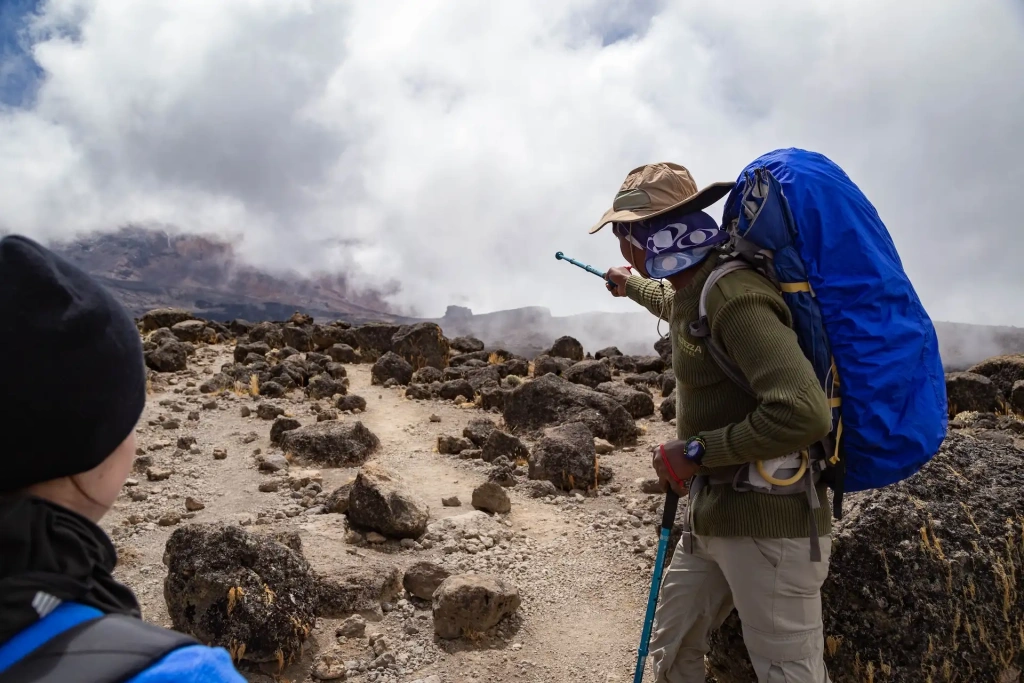Barafu Camp, also known as Barafu Hut Camp or Barafu Hut Campsite, is the final staging point for summit attempts on several of Kilimanjaro’s routes. Situated in the Afro-alpine Desert Zone at 4,673 meters (15,330 feet), it serves as the last resting point before climbers push for the summit. At this altitude, the thin air and harsh weather conditions require climbers to be well-prepared physically and mentally for the summit day.
In this article, Altezza Travel covers everything you need to know about Barafu Camp, including the best routes to reach it, the camp's weather, safety considerations, and how to prepare for the summit attempt.
Where is Barafu Camp located?
Barafu Camp is situated on the southern slope of Mt Kilimanjaro, at the southeastern base of the volcanic cone Kibo (exact coordinates: 3° 5'58.89"S, 37°22'41.41"E). This area is considered an Afro-alpine Desert Zone, largely devoid of flora or fauna. Climbers can enjoy stunning views, reflect on their journey, and prepare for the push to Uhuru Peak.
Which routes lead to Barafu Camp?
Barafu Hut Camp serves as the overnight resting point on three routes: Lemosho, Machame, and Umbwe. For the other routes (Marangu, Rongai, and Northern Circuit), the staging points for the summit climb are Kibo and School Hut camps.
- The Lemosho route is a classic trail known for its gradual acclimatization, high summit success rate, and breathtaking panoramic views. A notable highlight along the trail is Cathedral Point, which sits at an altitude of 3,872 meters (12,705 feet). Climbers typically reach it on the second or third day of the tour.
- The Machame route is another of the most popular options. It begins in the tropical forest at the volcano's base and leads climbers through all its climatic zones. Highlights of the trail include the Shira Plateau and Barranco Wall—an impressive rocky face that all tour members must scale. Rest assured, it is safe and not as difficult as it may seem.
- The Umbwe route is less popular, but it is worth considering. Although it was once deemed unsuitable for beginners due to its steep ascent, the actual incline is only 4.5% steeper than that of Machame. The Umbwe Ascent Route also passes through all the climatic zones of Mount Kilimanjaro and merges with the Machame and Lemosho routes at Barranco Wall Camp. The additional effort is only noticeable during the first two days.
How to reach Barafu Camp?
Regardless of the route, all climbers ascend to Barafu Hut Camp from Karanga Camp. For those on the Umbwe and Lemosho routes, Karanga Camp is an overnight stop. However, for those on the Machame route 6-day itinerary, it only serves as a brief resting point before they continue the ascent.
What is the distance from Barafu Camp to Uhuru Peak?
The distance from Barafu Camp to Uhuru Peak, the summit of Mount Kilimanjaro, is approximately 5 kilometers (3.1 miles). However, the summit hike is the hardest day of the expedition.
Barafu Camp sits at an altitude of 4,673 meters (15,330 feet). Its proximity to Uhuru Peak makes it ideal for a summit camp. The group typically arrives at Barafu Hut Camp by noon and rests after lunch, preparing for the challenge ahead. The final night requires the most intense physical and mental preparation. Climbers leave Barafu Camp at midnight, climbing roughly 1,200 meters (3,937 feet) of elevation in 6-7 hours. One hour after bypassing Stella Point, usually by dawn, the group reaches the summit of Mount Kilimanjaro.
After reaching the summit, climbers begin their descent to Barafu Hut Campsite almost immediately. Following a brief rest and lunch, head down to Millennium Camp for their last night on the tour. On this day, climbers spend about 15 hours on their feet, covering approximately 16 kilometers (10 miles). The next day marks the journey's end, as the group descends to Mweka Camp at 3,100 meters (10,170 feet) and continues to the exit of Kilimanjaro National Park at Mweka Gate, which is located at 1,640 meters (5,380 feet).
How hard is summit night in Kilimanjaro?
Mount Kilimanjaro is considered accessible for beginners, and the vast majority successfully reach Uhuru Peak. However, the Altezza Travel team strongly recommends that climbers prepare for the ascent seriously. To assist climbers, we’ve created a specialized training program designed to help you successfully complete this thrilling adventure.
What is the weather like in Barafu Camp?
In Swahili, the camp's name translates to "ice." This refers to Kilimanjaro's less hospitable terrain over a century ago, during the first ascents. At that time, the glacier zone began much lower, not far from the camp. Despite the changes, Barafu Camp is still at the top of the massif. The combination of altitude and exposure makes it susceptible to strong winds and low temperatures—ranging from 4°C to -15°C (39°F to 5°F), depending on the season. For more details, please see our article titled "When is the Best Time to Climb Kilimanjaro?"
What conditions to expect in Barafu Camp?
Barafu Camp has almost no permanent structures like most other camps, so meals and overnight stays are in tents, with only what the climbers and porters have brought along. Regardless of the season, all climbers need warm clothing, hiking boots, and a sleeping bag rated for comfort down to -15°C (5°F). Additionally, Altezza Travel has compiled a list of essential gear that can be purchased or rented from us to ensure a warm and comfortable journey.
Is it safe to stay at Barafu Camp?
Although Barafu Camp may seem similar to other camps, the altitude, thin air, and imminent summit push necessitate extra vigilance for climbers' well-being.
The safety and success of the trek to the summit largely depend on the support team. Unfortunately, budget operators often cut corners to offer the most "attractive" prices. This often leads to poorly qualified guides and porters, understaffed teams, and disorganized tours. For travelers, the cost savings are minimal when weighed against the months of preparation, expenses for gear, insurance, and international flights.
When choosing an operator for Mount Kilimanjaro, key factors to consider include:
- Membership in the Kilimanjaro Porters Assistance Project (KPAP) is crucial, as this organization ensures fair treatment of porters. This includes ensuring fair pay, good working conditions, and well-organized work processes. By choosing a company accredited by KPAP, you help avoid supporting unethical practices within the tourism industry.
- Individual support is a key element of a well-organized tour. On the way to Barafu Camp, one guide is assigned to every group of 2 to 3 climbers, ensuring the safety of each participant during transitions between camps. For the summit attempt, Altezza strengthens the guiding team by adding summit porters—experienced professionals who assist climbers. This ensures that each climber has a dedicated guide from when they leave Barafu Hut Camp until their return.
- Oxygen systems, first aid kits, and the capability to provide professional emergency care are essential when guiding a group of inexperienced climbers to altitudes approaching 6 kilometers (nearly 20,000). Unfortunately, not all operators prioritize this. At Altezza Travel, all guides are trained in the Wilderness First Responder program, specializing in providing first aid in challenging wilderness conditions. Two types of first aid kits are available on every expedition. Additionally, we have over 500 oxygen systems available that are helpful in preventing and addressing symptoms of acute mountain sickness.
All content on Altezza Travel is created with expert insights and thorough research, in line with our Editorial Policy.
Want to know more about Tanzania adventures?
Get in touch with our team! We've explored all the top destinations across Tanzania. Our Kilimanjaro-based adventure consultants are ready to share tips and help you plan your unforgettable journey.















